Deck & Commander Strategies

Teysa, Orzhov Scion
Utilize sacrifice and exile effects to trigger benefits from creatures dying, disrupting opponents' boards while gaining incremental advantages.
Zangie
Focus on fighting and controlling creatures on the battlefield to damage opponents' boards without sacrificing own permanents.
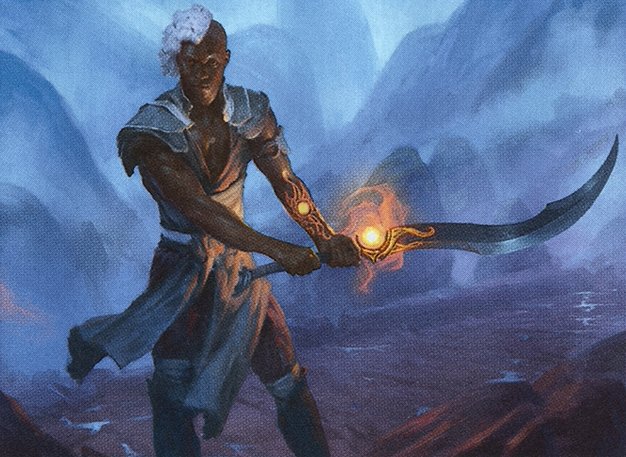
Wyleth, Soul of Steel
Build a Boros Voltron deck by equipping and enchanting the commander to become a powerful, double-striking attacker, supported by equipment synergies and protection.

Alibou, Ancient Witness
Accelerate mana using artifact synergies and generate fast, hasty threats to apply early pressure and leverage explosive plays.
Gameplay Insights
- 1
The chaotic overgrowth ramp rule with stun counters slowed early game tempo, forcing players to carefully plan their development.
- 2
Grave Pact was a major obstacle for the Boros Voltron deck, as it punished creature deaths and disrupted equipment synergies.
- 3
Monastery Mentor and Ravnica Master Smith enhanced the Boros Voltron's combat potential significantly, enabling aggressive pressure.
- 4
Extort and Monarch mechanics combined with steady life loss created a tense race to reduce opponents' life totals quickly.
- 5
Artifact ramp such as Treasure Vault and Lotus Petal allowed the Alibou player to accelerate faster than others despite the slowed ramp rule.
- 6
Players had to balance aggressive actions with the inherent life loss from the game rules, making timing of attacks and spells critical.
Notable Cards
-
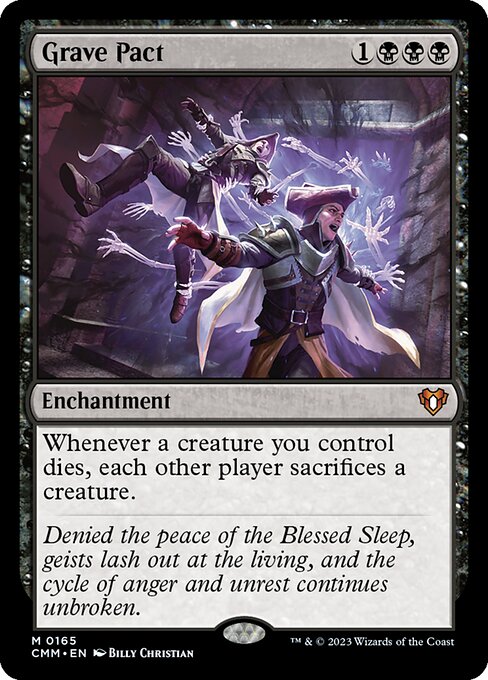
Grave Pact
-

Monastery Mentor
-
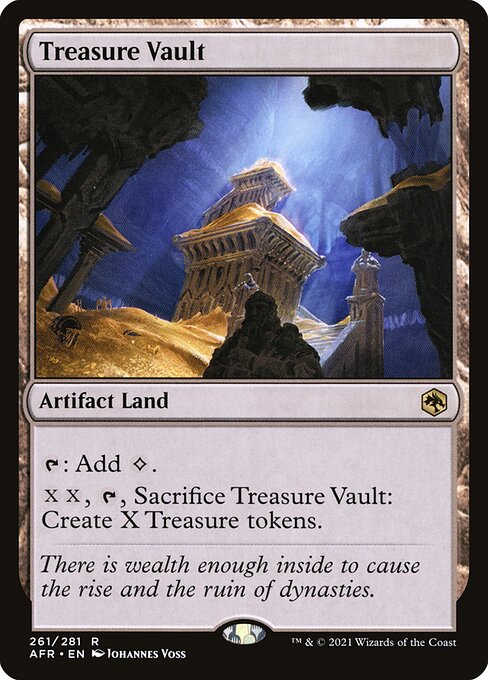
Treasure Vault
-
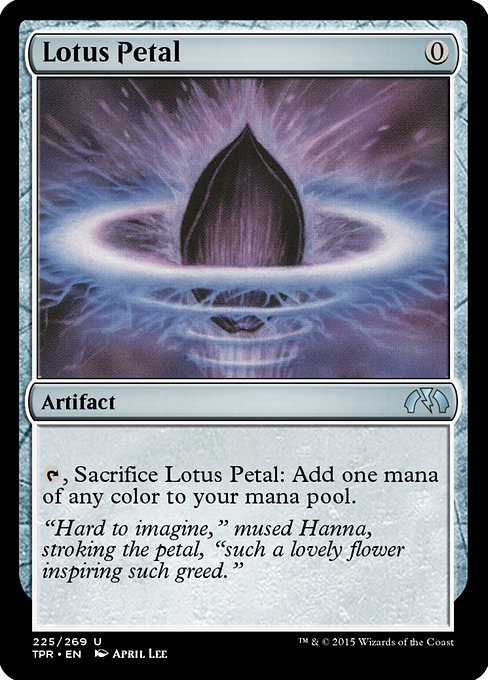
Lotus Petal
-
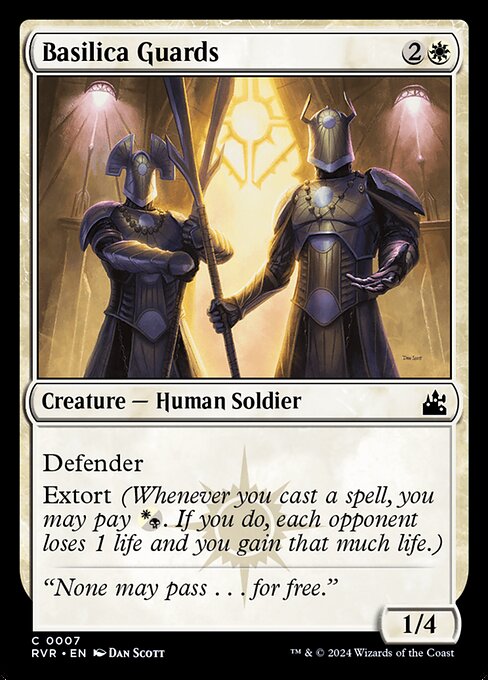
Basilica Guards
-
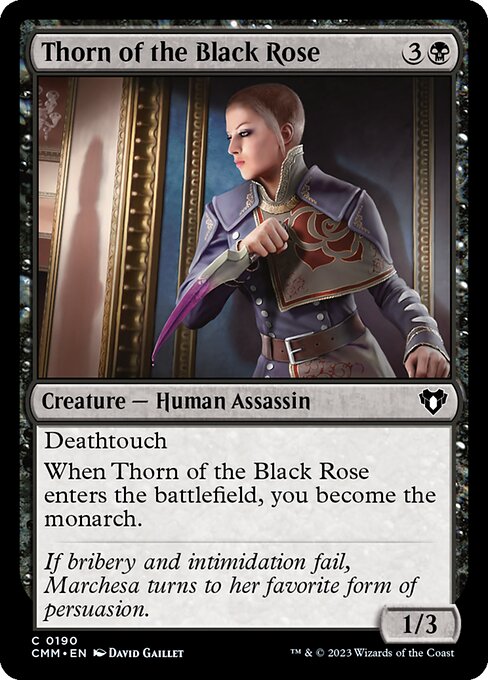
Thorn of the Black Rose
Gameplay Summary
The game started with all players adhering to the 'chaotic overgrowth' ramp rule, which slowed early development due to lands entering with stun counters and the ongoing life loss each turn.
Early turns were marked by cautious board development as players balanced ramp with survival.
Teysa, Orzhov Scion's player focused on sacrifice and exile synergies, aiming to capitalize on creatures dying.
Meanwhile, the Zangie player concentrated on a fight-centric strategy, looking to control board presence through aggressive interactions without sacrificing their own creatures.
The Boros Voltron deck piloted by the Wyleth, Soul of Steel player sought to build up a heavily equipped commander, leveraging equipment and enchantments to apply pressure and double strike.
The Alibou, Ancient Witness player aimed to accelerate mana and establish a swift, hasty threat presence, utilizing artifact synergy and explosive plays like Treasure Vault and Lotus Petal to ramp quickly into key threats like Alibou itself. A key turning point was the casting of impactful artifact and enchantment creatures such as Monastery Mentor and Ravnica Master Smith, which bolstered the Boros Voltron’s offensive capabilities.
The presence of Grave Pact posed a significant obstacle, particularly for the Voltron player, as it punished creature deaths and limited equipment synergy.
As the life totals steadily declined due to the chaotic overgrowth rule, players began to jockey for position, with equipment and extort effects chipping away at opponents.
The game featured a tension between board control and aggressive Voltron builds, with the Monarch mechanic and recurring life loss adding pressure to close out the game quickly.
The Boros strategies showed strong synergy with equipment and combat tricks, while exile and artifact-based ramp provided defensive and tempo advantages.
















































